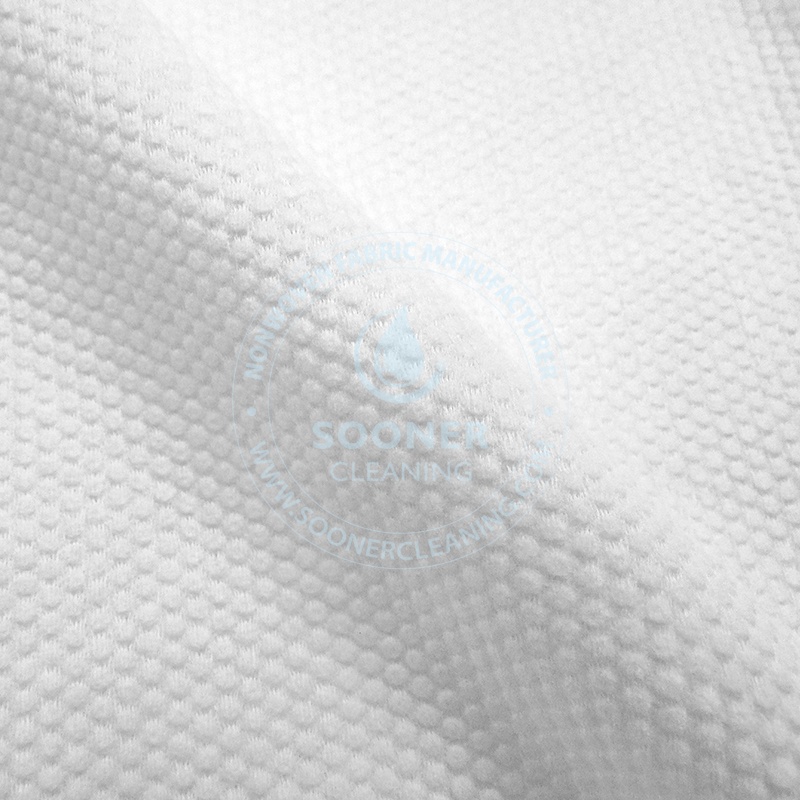
In recent years, sustainability has become a top priority for industries across the globe. As the world becomes more aware of the environmental impacts of non-biodegradable products, the demand for eco-friendly alternatives has soared. One such innovation that has captured the attention of various sectors is biodegradable spunlace nonwoven fabric. This material combines the functionality and versatility of traditional nonwoven fabrics with the added benefit of biodegradability, offering a sustainable solution for industries ranging from healthcare to fashion and beyond.

This forward-thinking approach helps businesses stay ahead of regulatory changes while demonstrating their commitment to environmental stewardship.